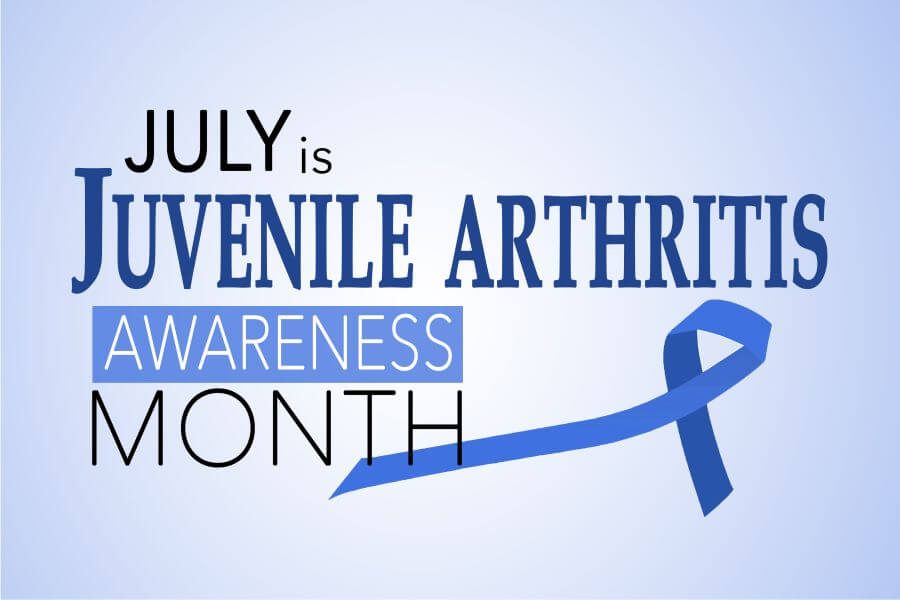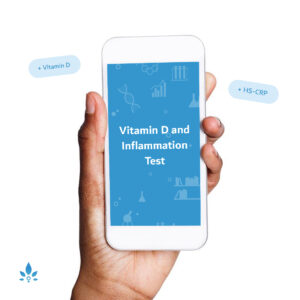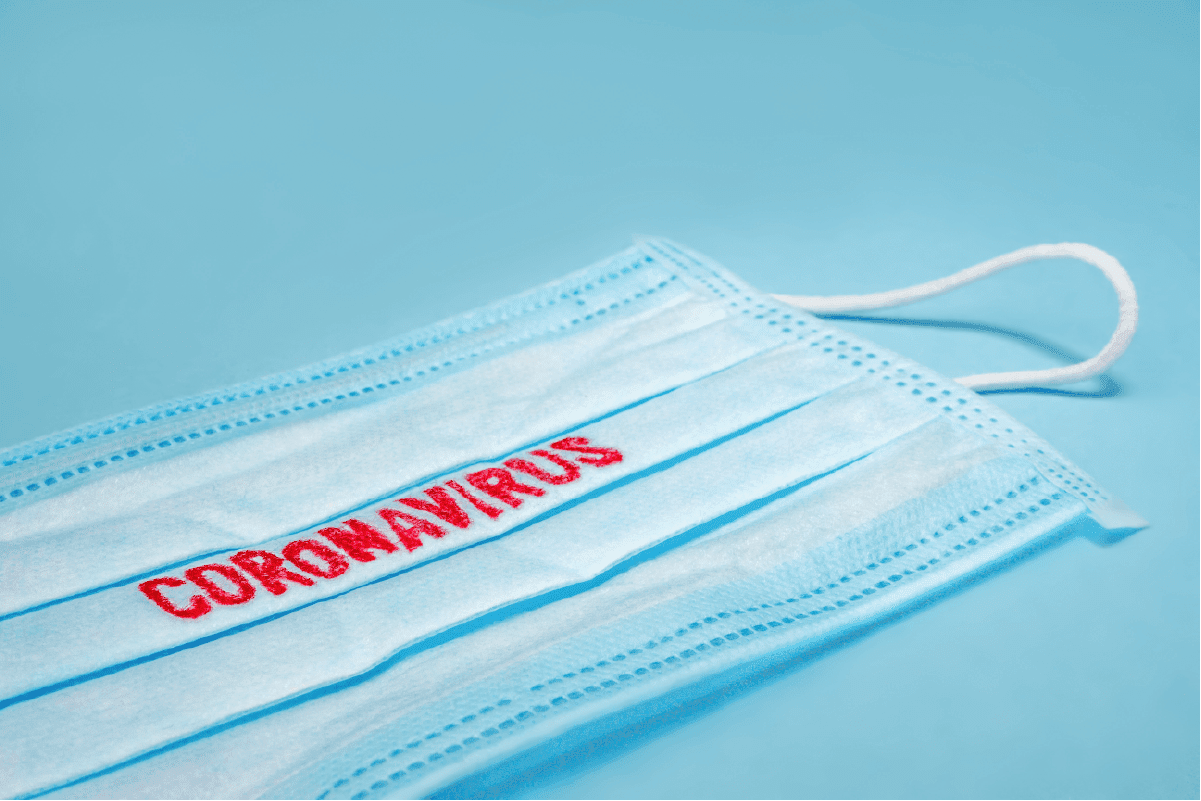Juvenile Idiopathic Arthritis


Juvenile idiopathic arthritis (JIA), formerly referred to as juvenile rheumatoid arthritis, is a term used to describe chronic forms of joint inflammation in children. JIA is the most common form of arthritis in children, causing joint pain, stiffness, and swelling.
JIA occurs most commonly in children between the ages of 3 and 6, as well as in older children entering puberty. Researchers are not sure what causes JIA but think both genetics and the environment play a part. Sometimes, the autoimmune process is linked to a recent viral illness.
The signs and symptoms of JIA depend on the type of arthritis. Sometimes children will complain of pain, stiffness, and/or swelling of joints. A certain type of JIA, known as Stills Disease, can also cause widespread symptoms including unexplained fever and rash. JIA can also cause growth problems and eye inflammation (uveitis) in some children. If the eye findings are left untreated, JIA can even lead to cataracts, glaucoma, and blindness.
Interestingly, many children do not complain of joint pain in the initial stages of disease. Many parents notice that their child may limp in the mornings or after waking up from naps. Other parents find that their child seems clumsier than usual, especially after waking up. Most parents will notice the joint swelling as an initial symptom, although it is often noticed first in the large joints such as the knees.
Diagnosis of JIA can be difficult, since there is not one particular blood test to identify it, and many children with JIA have no abnormalities in their blood tests. Common blood tests your child’s doctor may order include:
ANA: This test detects the presence of a protein commonly found in the blood of patients with autoimmune diseases.
ESR: This test is a measure of inflammation in the body. It is used to help determine the level of inflammation during a flare of JIA.
CRP: This test also measures inflammation, but uses a different scale than the ESR.
Sometimes a doctor will order x-rays and MRIs to evaluate any joint damage that may occur as a result of the autoimmune process.
Treatment goals for children with JIA include normal physical and social activity. Sometimes, the only medications needed are pain relievers, such as NSAIDS like ibuprofen. Some children require steroids to keep the inflammation under control, but they are used for the shortest time possible to limit the side effects. For more serious disease, biologic agents such as Enbrel or Rituxin are needed; however, these have been associated with infections and certain types of cancers and are used with caution.
Sources:
- Pediatrics in Review
- Juvenile Idiopathic Arthritis.
American Academy of Pediatrics - Juvenile Idiopathic Arthritis.
Mayo Clinic - Juvenile rheumatoid arthritis.
Powered by Bundoo®












































